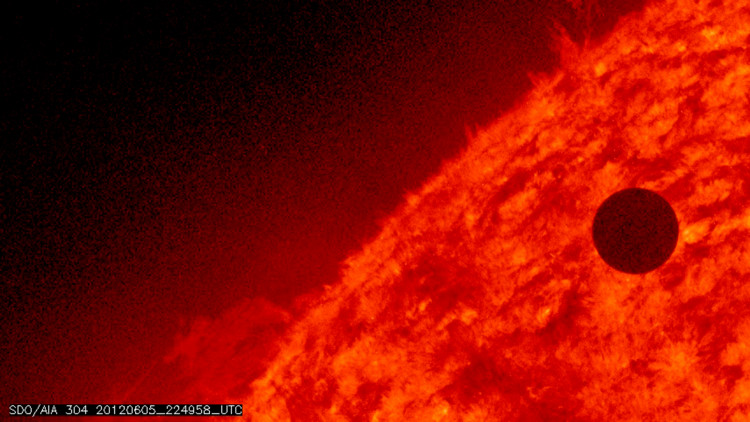Solar Cycle 25 has started. NASA and the National Oceanic and Atmospheric Administration (NOAA) experts discussed their research and forecasts about the current solar cycle at a recent media event, and how the coming upswing in space weather will affect our lives and technologies on Earth and astronauts in space.
An international organization of experts co-sponsored by NASA and NOAA, the Solar Cycle 25 Prediction Panel, announced that solar minimum happened in December 2019, indicating the beginning of a new solar cycle.
Since our Sun is so unpredictable, it can take months to announce this event after the fact. Scientists use sunspots to monitor the advancement of the solar cycle; the dark blotches on the Sun are synonymous with solar activity, sometimes as the source of giant explosions - such as solar flares or coronal mass ejections - that can disperse light, energy, and solar material throughout space.
NASA and NOAA collaborate closely with the Federal Emergency Management Agency and other federal agencies and departments on the National Space Weather Strategy and Action Plan to strengthen space weather preparedness and protect the country from space weather hazards.
NOAA offers real-time space weather forecasts and satellites to track the weather; NASA is the scientific arm of the government, working to strengthen our knowledge of near-Earth space, as well as forecasting models.
Space weather forecasts are also essential to helping satellites and astronauts in the Artemis program. Inspecting this space environment is the first step in understanding and minimizing space-radiation exposure to astronauts. Space weather will be analyzed and the radiation atmosphere in lunar orbit tracked by the first two scientific studies to be performed from the Gateway. Scientists focus on statistical simulations such that, just like meteorologists forecast conditions on Earth, they can one day forecast space conditions.
One part of the planning is knowing the cycles of the Sun. The forecast panel consulted monthly data on sunspots from the World Data Center for the Sunspot Index and Long-term Solar Measurements, based at the Royal Observatory of Belgium in Brussels, to decide the start of a new solar cycle, which records sunspots and marks the peaks and lows of the solar cycle.
With the solar minimum behind us, experts expect the activity of the Sun to speed up to the next expected level in 2025. Solar Cycle 25 is supposed to be as powerful as the last solar cycle, which was a cycle below normal but not without danger.
NASA and NOAA's work is an initiative that spans 24 departments across the U.S. government, and has turned space weather into operational knowledge from a mere research perspective.





